Ha Long Bay, Vietnam
The bay, located in Quang Ninh province, consists of a system of limestone mountains and caves on the sea. The name Ha Long comes from the legend of a dragon flying down from the sky, spitting jade to create a defensive wall to prevent enemies. Over thousands of years, the wall collapsed and transformed into majestic rock mountains with different shapes and sizes as seen today.

Philippine Rice Terraces
Located in the Cordillera region of northern Luzon, the rice terraces were created and cultivated by the Ifugao people over 2,000 years ago. The terraces are made of stone and mud, carved into the cliffs, and are a unique way of wet rice cultivation, passed down from generation to generation.
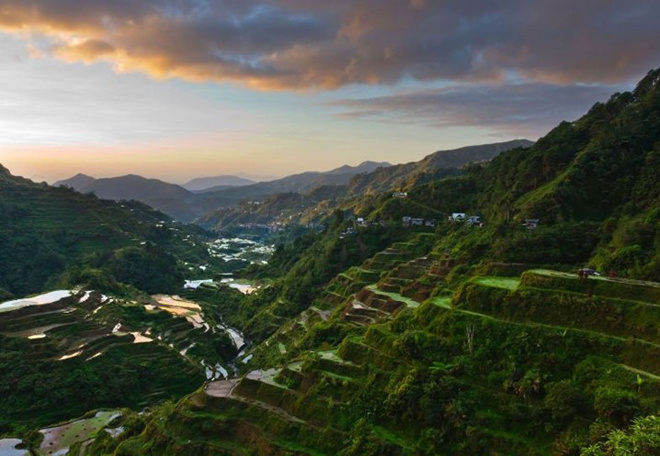
Angkor Archaeological Park (Cambodia)
This is one of the most important archaeological sites in Southeast Asia. It includes many temples, irrigation systems and important traffic routes of the Khmer Empire from the 9th to the 15th century. Among them, the most notable temple is Angkor Wat - a religious monument built from the early 12th century. The temple was built with sandstone blocks quarried from the Phnom Kulen mountain, transported by raft along the Siem Reap River.
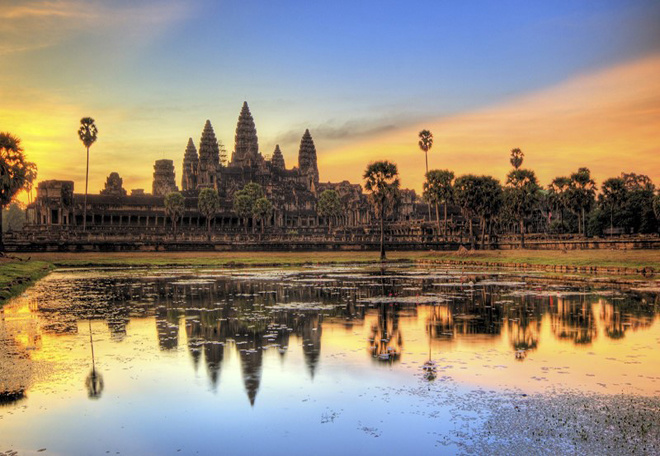
Kamchatka Volcanoes
Located on the Kamchatka Peninsula, in the east of Russia, there is a dense density of volcanoes. Due to its location on the Pacific Ocean and fertile land, this area has a rich system of wild flora and fauna and beautiful natural landscapes. Typical species here are white-tailed eagles, falcons, sea otters, brown bears...
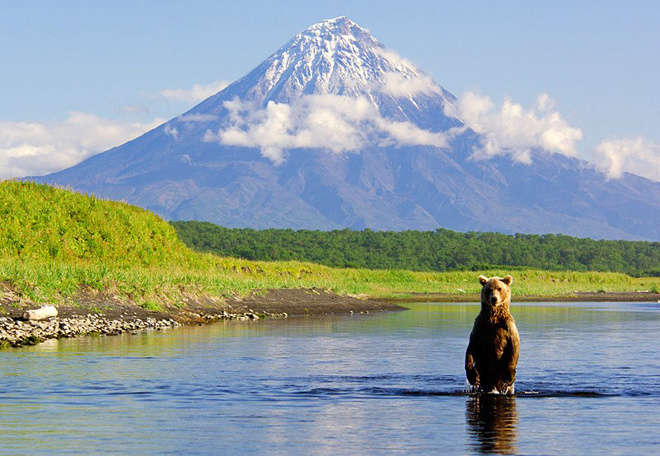
Historic center of Bukhara, Uzbekistan
Dating back more than 2,000 years, the Uzbek city of Bukhara was located on the Silk Road. As one of Central Asia’s largest cities, and at the crossroads of trade routes, Uzbek became a hub for merchants and travelers. It was also a renowned cultural center for Islam, especially the Ismail Samanid mausoleum, which features prominent Islamic architecture.

Historic Sites of Kyoto, Japan
Kyoto was the capital and cultural center of Japan from 794 to the 19th century, flourishing most strongly in the 8th and 17th centuries. The city is notable for its traditional wooden architecture, beautiful gardens, impressive temples, grand palaces and beautiful museums.
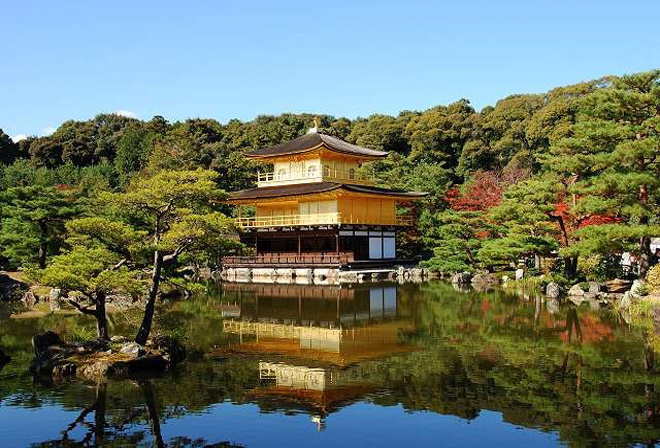
Great Wall of China
With a length of over 20,000km, the Great Wall was built from the 3rd century BC to the 17th century to protect the territory. It includes walls, fortresses, watchtowers built of earth, wood, bricks and stones. It is also a heritage to preserve Chinese culture and traditions.

Mountain Railway System, India
Built between 1881 and 1908 under British colonial rule, India’s mountain railway system is a testament to the engineering prowess of its time. The railway helped transform the socio-economic and cultural landscape of the regions it passed through. Today, the railway still operates, passing through Darjeeling, the Nilgiri Hills of Tamil Nadu and Shimla, standing as a timeless testament to history.
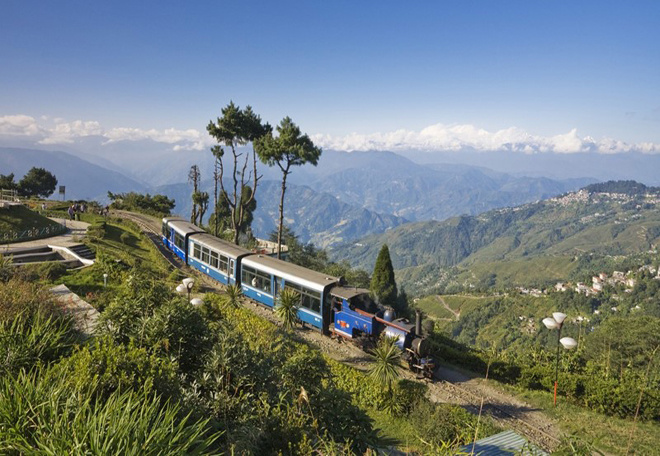
Golden Temple of Dambulla
Situated in the heart of Sri Lanka is the country’s largest and best-preserved cave monastery. Five sanctuaries nestled under towering rock are adorned with statues and paintings depicting Buddhist scenes. It has been a popular pilgrimage site for Buddhists since the first century AD.

Tropical Rainforest Heritage of Sumatra Island, Indonesia
Including 3 national parks with a total area of over 2 million hectares, this is a place with very diverse flora and fauna: 10,000 species of plants, 201 species of mammals and more than 550 species of birds. Beautiful natural landscape with caves, waterfalls, glacial lakes and volcanoes and thousands of species of animals such as tigers, elephants...

Source: vnexpress


































